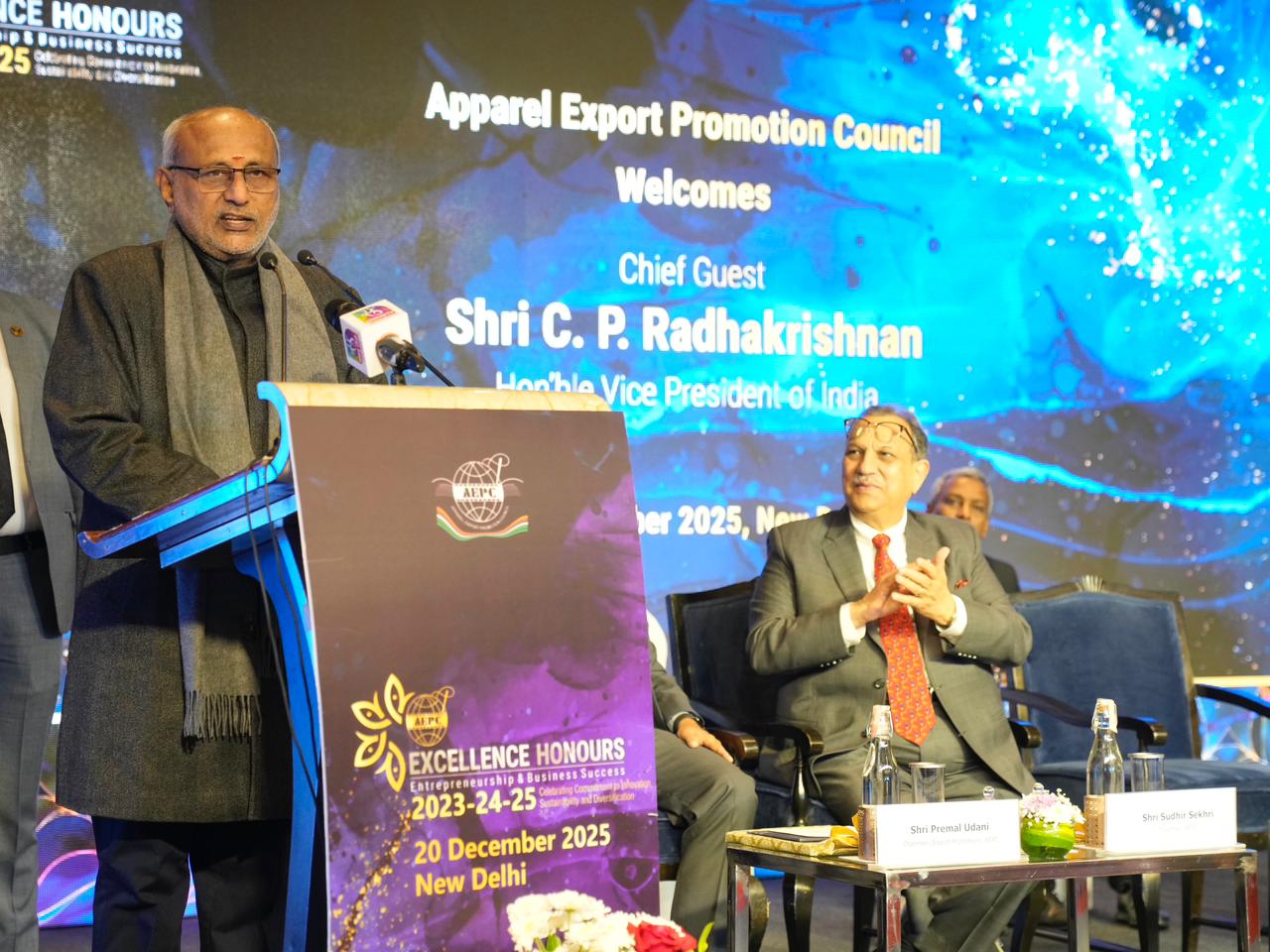The global textile industry faces a growing dilemma: how to reduce its heavy reliance on fossil-based synthetic fibres, which dominate the market. Between 1960 and 2023, textile fibre demand surged by 650 per cent, with synthetic fibres increasing from 3 per cent of the market to 68 per cent. While synthetic fibres revolutionized production, lowering costs and introducing new properties, they come with serious sustainability concerns, particularly the rising carbon footprint and the microplastic crisis.
One solution lies in renewable carbon sources, especially biomass, carbon dioxide, and recycling, which reduce dependence on fossil fuels. However, the shift is complex. Cotton production remains limited by factors like irrigation and pesticide use, while bast fibres such as jute and hemp could play a larger role but face high processing costs.
Despite these challenges, man-made cellulosic fibres (MMCFs), like viscose and lyocell, have shown significant growth, with their production expected to rise to 11 million tonnes by 2030. These fibres, derived from wood or agricultural waste, are bio-based and biodegradable, offering a promising alternative for the industry’s future.
Additionally, the rise of biosynthetics bio-based synthetic fibres like PLA and PTT offers another avenue, though their current market share is still below 0.5 per cent. The development of carbon dioxide-based fibres holds potential but is still in its infancy.
Circular economy principles, particularly fibre-to-fibre recycling, are essential for the sustainable textile future. The recycling rate of textiles remains low, but advances are being made to improve collection, processing, and the scalability of recycling technologies. The future of textiles will rely on a blend of cotton, cellulose fibres, biosynthetics, and robust recycling systems to reduce reliance on fossil-based materials, with the goal of replacing most synthetic fibres by 2050.












